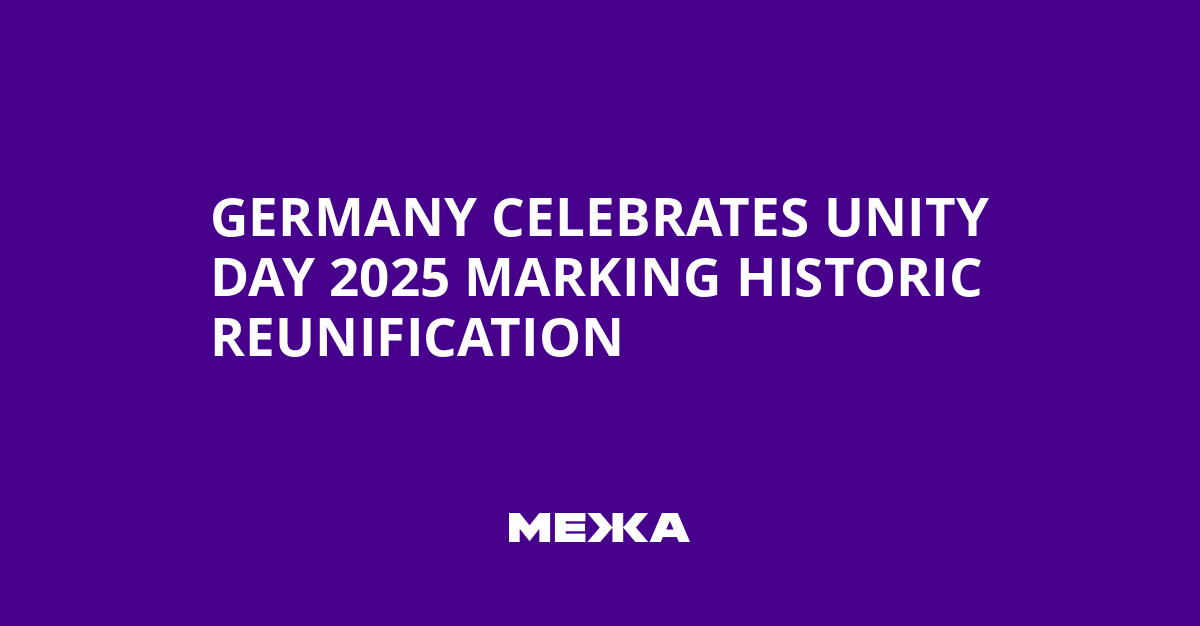According to Reuters, this morning the chancellor, together with his wife Charlotte, attended a Mass marking Germany’s Day of Unity at the Ludwigskirche church in Saarbrücken.
On Friday, October 3, Germany celebrates the Day of German Unity – a national holiday commemorating the reunification of the country in 1990, when the GDR joined the FRG. The celebrations emphasize the shared history and the citizens’ efforts in building a common future.
The Chancellor Friedrich Merz congratulated the citizens on the holiday, noting that this historic event still demonstrates what can be achieved when people are bold and united.
“This historical event still demonstrates what can be achieved when people are bold and united”
– Friedrich Merz
The government outlined the main celebration themes: dialogue between generations, interaction between education, business and local communities, and support for European integration. As part of the festivities, residents and guests can expect concerts, theatrical performances and educational programs.
According to reports, the morning events were led by the Chancellor during a service at the Ludwigskirche in Saarbrücken, together with his wife Charlotte Merz. Photographs from the event were distributed by world agencies.
In 2025, the main celebrations will take place in Saarbrücken from October 2 to 4, with cultural programs and exhibitions for residents and visitors.
Historical context of the reunification
After World War II Germany was divided into four occupation zones: the United States, France, the United Kingdom, and the Soviet Union. In 1949 two states emerged: the FRG in the west and the GDR in the east.
Residents of the GDR lived under restrictions on freedom of expression and under regime pressure. Such an environment hardened the aspiration for freedom, democracy, and economic opportunities.
In 1989 peaceful demonstrations in the cities of East Germany led to the fall of the Berlin Wall, which opened the path to the unification of the two German states. The unification was cemented by the “Two Plus Four” agreement between the GDR, FRG and the partner countries, notably the United Kingdom, France, the United States and the Soviet Union. After reunification, on the territory of the former GDR, five new states were created – Mecklenburg-Western Pomerania, Brandenburg, Saxony, Saxony-Anhalt and Thuringia, while the borders of the FRG remained unchanged.
